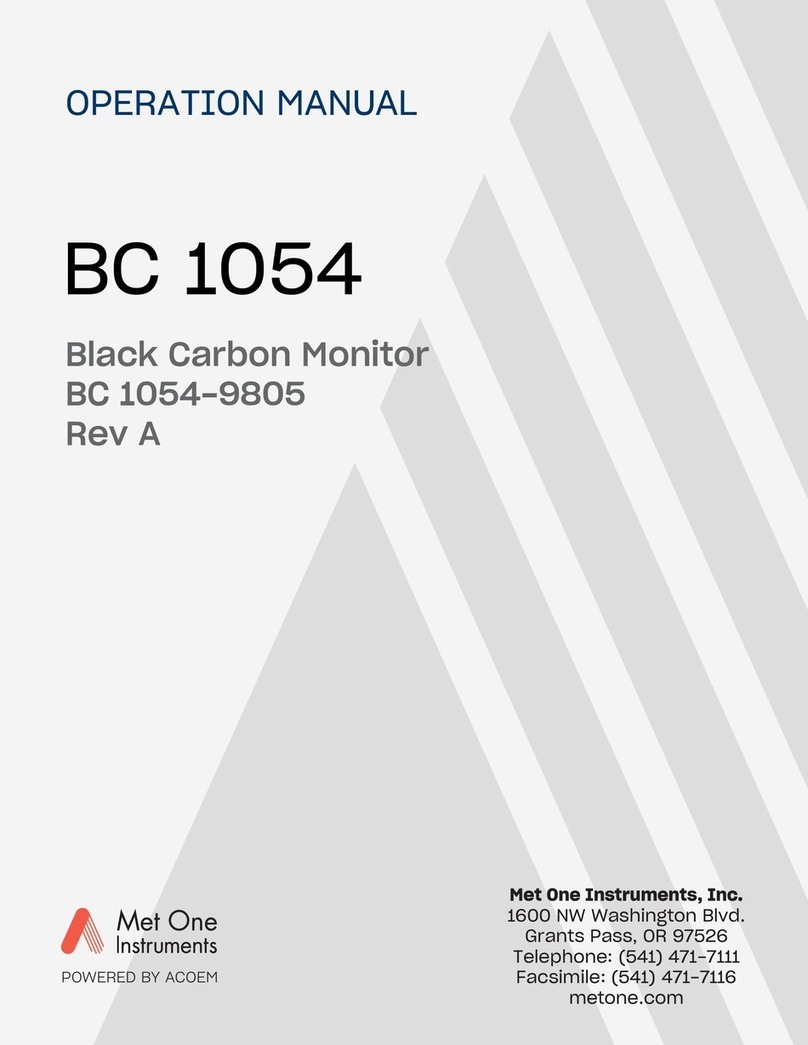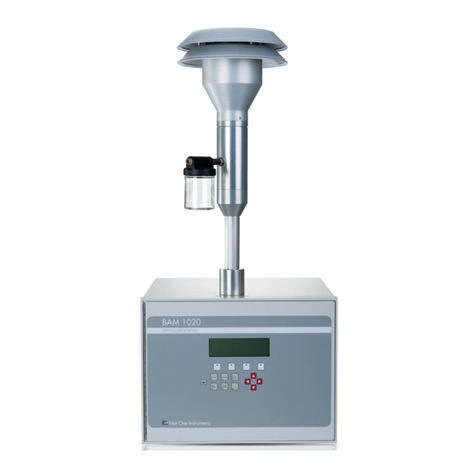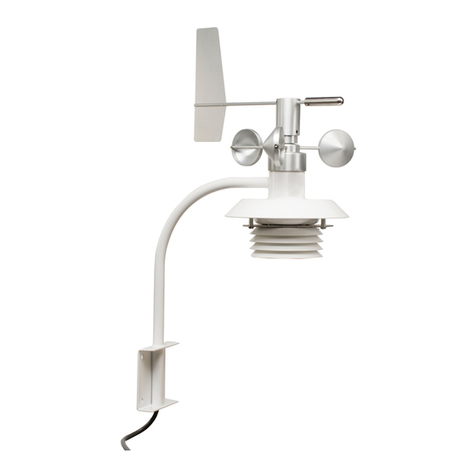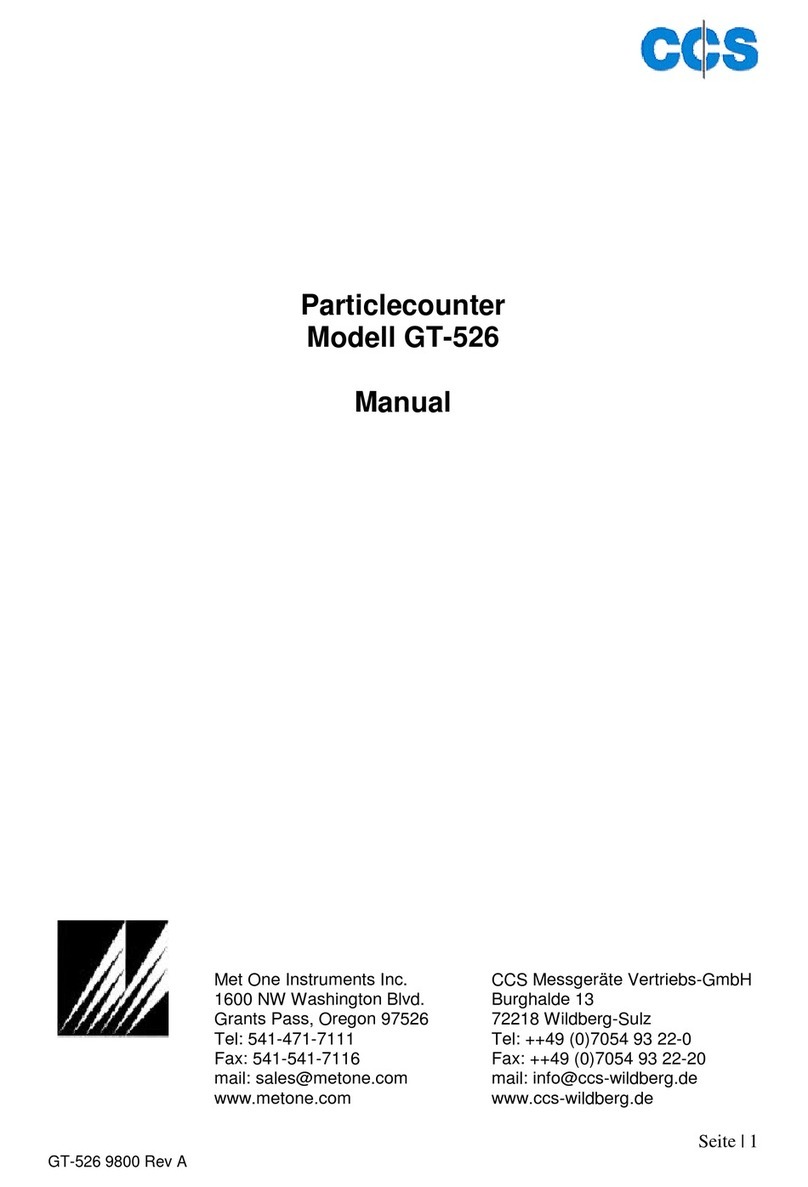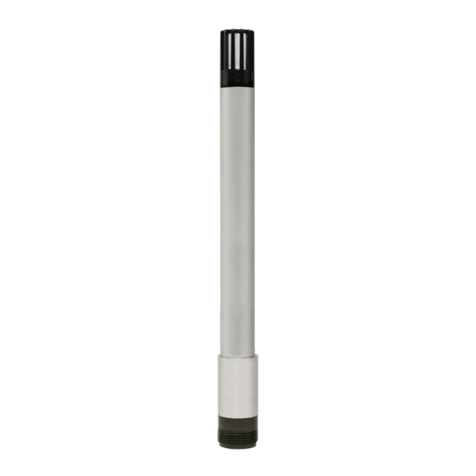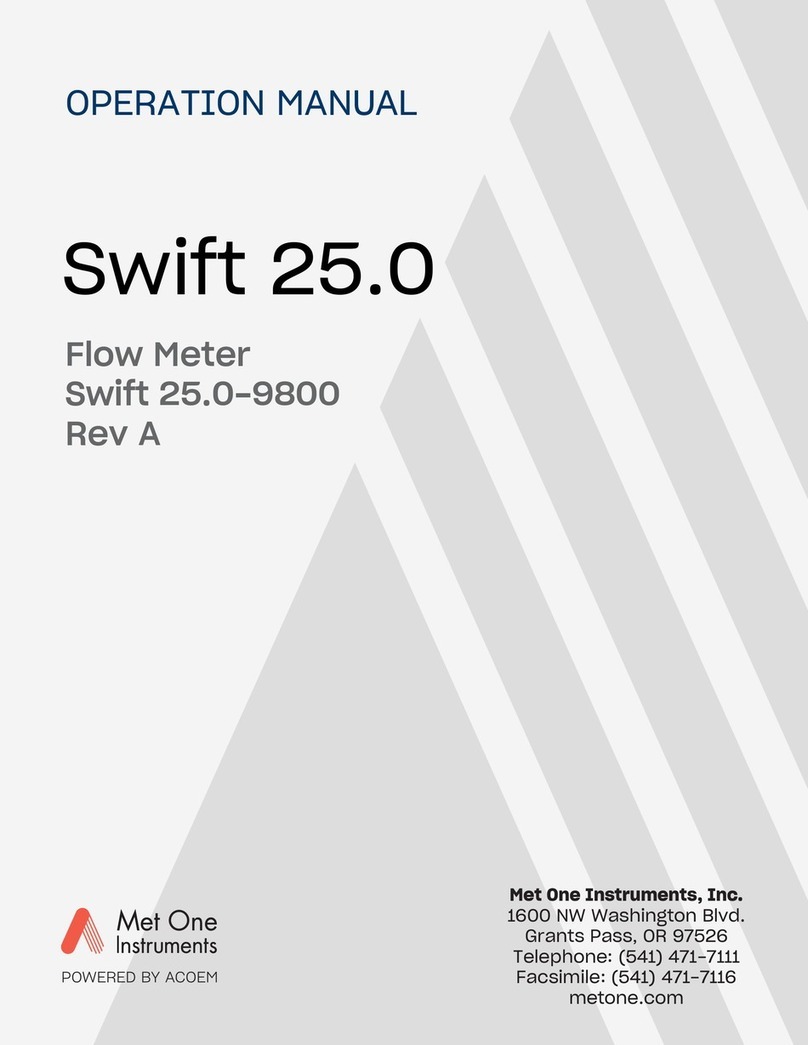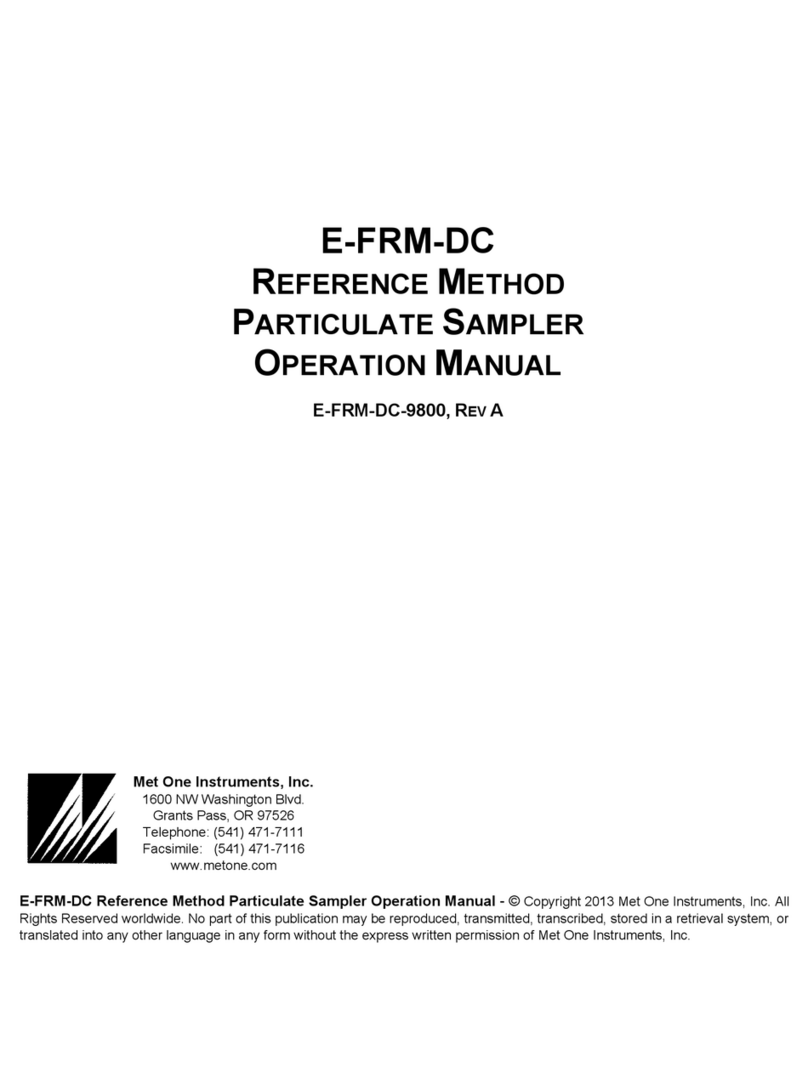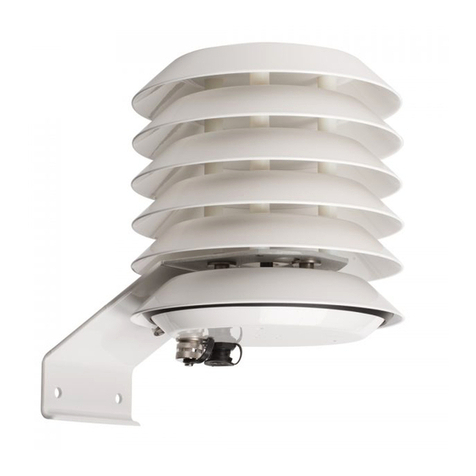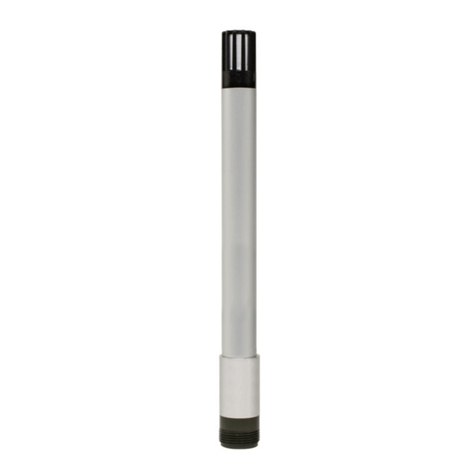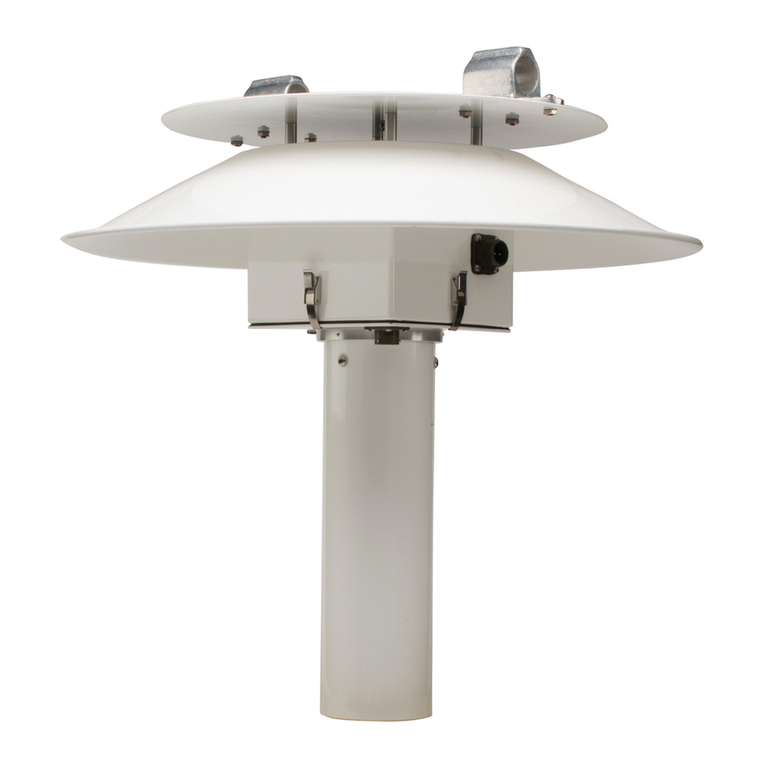
ES-412-9800 Manual Rev A Page 3
Table of Contents
1INTRODUCTION..................................................................................................................5
1.1 About This Manual.................................................................................................................................5
1.2 Technical Service and Warranty .........................................................................................................5
1.3 About the ES-412 ..................................................................................................................................6
1.4 Laser Radiation Safety and Conformity..............................................................................................6
1.5 ES-412 Specifications...........................................................................................................................7
2ES-412 SETUP and STARTUP ........................................................................................8
2.1 Standard and Optional Accessories ...................................................................................................8
2.2 Mounting Options...................................................................................................................................8
2.3 Setting Up the ES-412........................................................................................................................10
2.4 Electrical Connections ........................................................................................................................11
2.5 Power-Up and Starting Operation.....................................................................................................11
3DOWNLOADING and VIEWING DATA.........................................................................12
3.1 Web Interface.......................................................................................................................................12
3.1.1 How the Cloud Works..................................................................................................................12
3.1.2 Data Retention..............................................................................................................................13
3.2 Comet Software...................................................................................................................................13
3.2.1 Comet Installation.........................................................................................................................14
3.2.2 Setting up a Cloud Station ..........................................................................................................14
4DATA PLANS AND RENEWALS...................................................................................16
5SERIAL COMMUNICATIONS.........................................................................................17
5.1 Terminal Commands Through the Serial Port.................................................................................17
5.1.1 User Communication ...................................................................................................................17
5.1.2 Computer Communication ..........................................................................................................17
5.1.3 Computer Command Format......................................................................................................17
5.1.4 Checksum Computation..............................................................................................................18
5.1.5 Serial Command List....................................................................................................................18
5.2 Serial Command Explanations ..........................................................................................................19
5.2.1 User Data Report..........................................................................................................................19
5.2.2 OI Command.................................................................................................................................19
5.2.3 SK Command................................................................................................................................19
6ES-412 MEASUREMENT METHOD ..............................................................................20
6.1 Sheath Air.............................................................................................................................................20
6.2 Detection...............................................................................................................................................20
6.3 Sizing and Counting............................................................................................................................20
6.4 Calibration.............................................................................................................................................20
6.5 K-Factor ................................................................................................................................................20
6.6 Sample RH Control for Light Scatter Mass......................................................................................21
